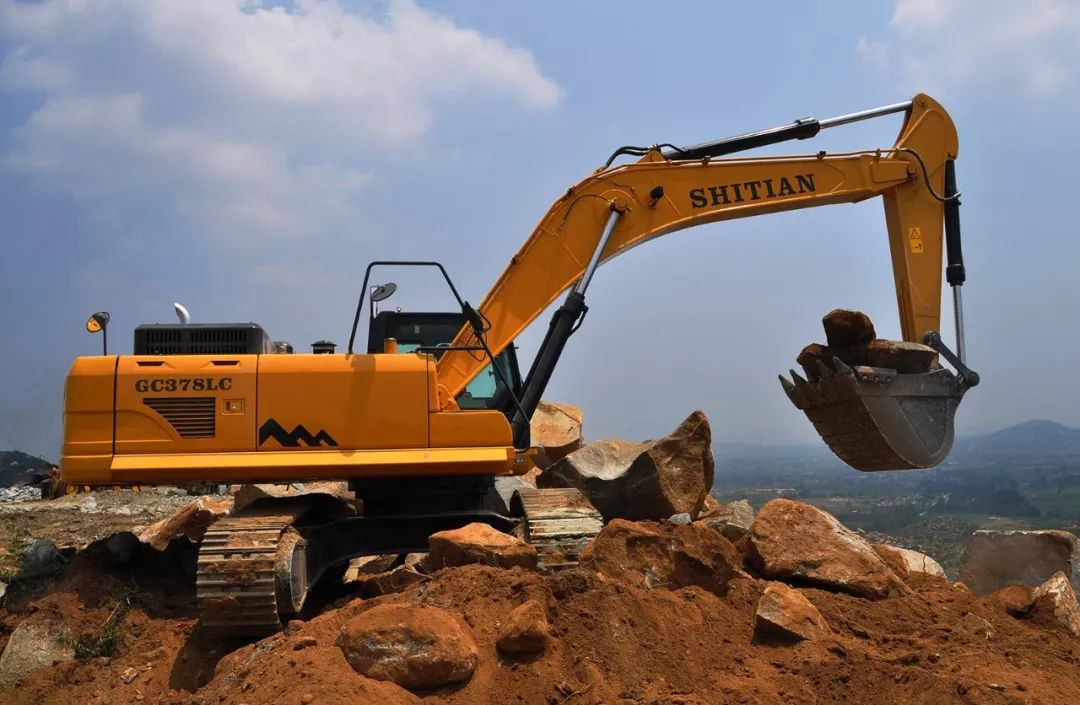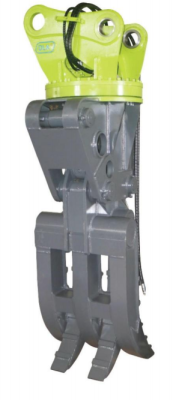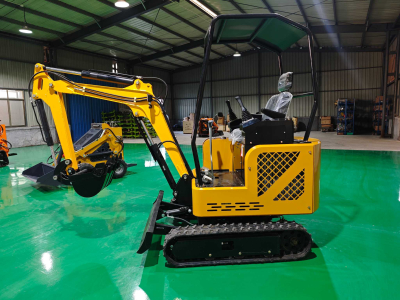The necessary tasks before starting the excavator that has not been started for a long time
I. Pre-start Inspection (Ensure Safety Precautions Are Taken Before Inspection)
1. Upper Car Body Inspection
① Engine:
Check for visible damage, debris, oil/water leaks, and secure hose connections.
Inspect the turbocharger for oil leaks.
Check the three filters (air, fuel, oil), oil level, and oil quality.
② Fuel System:
Drain water and contaminants from the fuel tank and water separator to prevent damage to the fuel pump and injectors.
③ Cooling System:
Inspect belts for looseness or damage, fan blades for integrity, and radiators for blockages or damage.
Check coolant levels and quality in the radiator and expansion tank; add/replace coolant as needed.
④ Hydraulic System:
Ensure hydraulic oil level is between H-L marks.
Check for leaks in hydraulic components and inspect swing reducer oil level/quality.
⑤ Cab:
Clean dust from surfaces and interior.
Adjust mirrors for optimal visibility and check for damage.
2. Work Equipment Inspection
① Boom & Arm:
Grease all pivot points and check clearances.
Visually inspect welds and high-stress areas for cracks.
② Cylinders:
Wipe cylinders clean to ensure piston rods are free of leaks or damage.
3. Lower Car Body Inspection
① Undercarriage:
Check drive sprockets, track rollers, idlers, and track shoes for damage, leaks, loose bolts, or deformation.
② Swing Bearing:
Inspect bolts for tightness/cracks and check for oil leaks.
II. Power-on Inspection
Ensure the battery is fully charged with the ignition key OFF. Connect the positive terminal first, then the negative.
Turn on the ignition and check the monitor for normal operation and error codes. Test lights, horn, and other electrical components.
The Shitian excavator features a 10–25 second self-diagnostic system; alarms indicate faults. A "Waiting to Start" message appears if normal.
III. Start-up Inspection
After starting, let the engine idle for 5–10 minutes. Monitor for warnings, abnormal noises, and verify parameters.
At low idle in a safe environment:
Operate work devices through 20–25 cycles of No-load compound excavation and loading action (avoid fully extending cylinders to prevent seal damage).
Slowly rotate left/right, check for noises.
Lift each track individually and test low-speed (Lo) travel for noises or leaks.
Rotate the swing bearing and grease every 45° with 3–5 shots from a grease gun to avoid seal damage.
Once engine coolant and hydraulic oil reach normal operating temperatures, the machine may operate at full speed/load.
Note: Maintain clear communication, follow safety protocols, and address any issues immediately. Regular maintenance ensures optimal performance and longevity.




